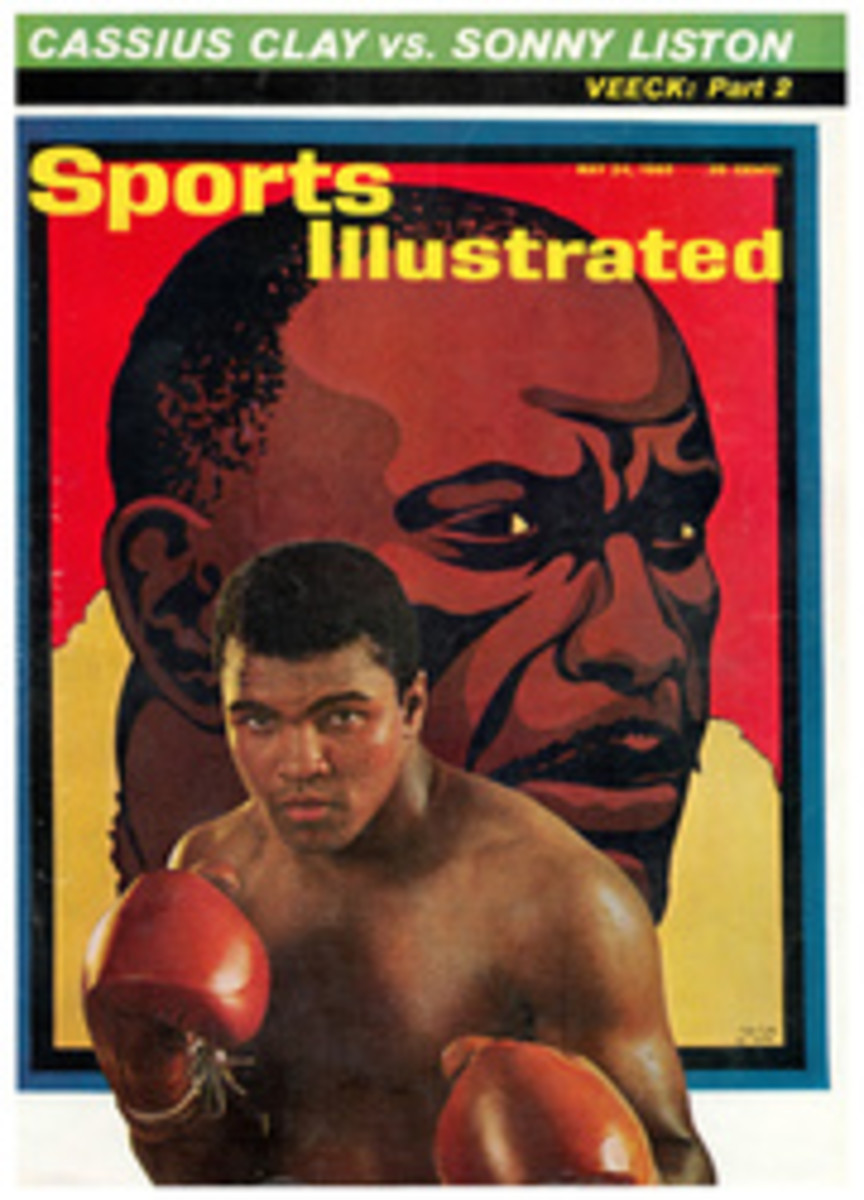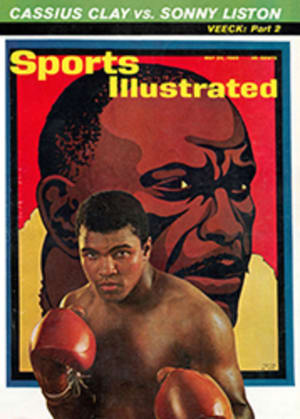
Up a muddy river in a beat-up shell
The best college crew in the country—some say the best in the history of rowing—stitched a double row of neat puddles across Massachusetts' Lake Quinsigamond last week as Harvard's remarkable 1965 varsity, to no one's surprise, pulled away from its rivals in the 20th edition of the Eastern Sprints. Puddles of a sort and a different kind of rowing history were being made at the same time some 900 miles away on Indiana's Wabash River in a brand-new regatta: the first official sprint championships of the Mid-America Collegiate Rowing Association.
What made the Mid-America sprints chiefly noteworthy, however, was the presence in them of a crew as inept as Harvard was expert, but every bit as remarkable. This was the crew from the school at South Bend, Indiana, where the creek known as the St. Joseph River winds and turns around so many bends that even the moon doesn't know which side it is rising on. That's right, the crew from Notre Dame.
Only a year ago the draftees manning the Notre Dame navy thought an oar was something to be stuck into someone else's conversation, and they might still be thinking so if it were not for a tall, skinny junior named Andy Monaghan. Monaghan, who looks a bit like an oar himself, is a Philadelphia boy with a crazy ambition to make the Fighting Irish as synonymous with rowing as with football. Lacking boats, oars, oarsmen, boathouse, money, official sanction and with practically no water to row on, this nautical Knute Rockne went to work last year to realize the dream.
A series of campus mixers raised both money and enthusiasm. In time, Monaghan managed to assemble a group of rowers, 14 oars and two shells, one a 35-year-old jalopy from Michigan State, the other a new Pocock from Wisconsin. The bottom of the Michigan boat bore more patches than skin, and it had no outriggers, no seats—and no stern since an errant Volkswagen sliced it off with a right rear wheel. The Wisconsin boat was in better shape: it had only a hole in the bottom and a few cracks. Commandeering one of the university's obsolete lecture halls as a repair shed, the fledgling oarsmen began getting the boats in shape with patches and themselves with a rigorous program of push-ups, chin-ups and sit-ups. Until this spring, when they were all invited to come and practice on Philadelphia's Schuylkill River, where Monaghan had once rowed with the Penn A.C., the nearest any of them came to pulling an oar was on a gymnasium rowing machine.
Their first race was, predictably, a disaster. They lost the race to Wayne State, and with it their shirts, which—brand-new and white with blue and gold stripes—they had bet on the outcome in a traditional rowing gesture. It was almost like losing their oars. "Wayne sympathized with our problem," Monaghan explains rather sheepishly, "and gave us $18 for the shirts."
With Monaghan doubling as bow-oar on the varsity and coach of the jayvees, and Mike Carroll, an ex-cox and graduate student, coaching the varsity, the Fighting Irish went on losing more races but none of their enthusiasm and, by the time they were ready to leave for the Mid-Americas at Purdue last week, they had rowed almost as far in competition as they had in practice. One evening before the race, they had a final workout on the river with Monaghan and Carroll watching their crews as critically as Harry Parker watches his Harvards.
To get their shell out of the armory that now serves as boathouse and into the river, the Irish had to carry it across a road (dodging a school bus and a car en route), down an embankment and past a concrete drainage ditch. A twisty road snakes alongside the St. Joseph, and Monaghan, for want of a launch, coached his crew from a bicycle. The jayvee practice done, he exchanged the bicycle for his place in the varsity shell. Coach Carroll meanwhile stepped into the luxury of an outboard chase boat lent to the crew by a South Bend Samaritan. Megaphone in hand, he suddenly turned into a pocket-size version of a Marine Corps drill instructor. "Let's go men," Carroll barked. "Take the hats off." (This for the benefit of a lighthearted oar wearing a funny hat.) "Four sprints and two more if I don't like them," he threatened. The boat slid forward on the quiet evening water, and Carroll began yelling directions in a crazy cadence. "Where's the puddles? Where's the puddles? Don't dig it, three, row it. Row it. Row it. Let's see it, five. Put some in it, seven. Bottom it. Bottom it. Row out the catch, port."
The shell almost hurtled along, swishing by spectators many of whom had never seen such a craft before. One, a fisherman, let his mouth drop open and the tip of his rod droop into the river as the boat shot by with Carroll still bawling. "Make. Stomp. Sting. Go." Finally, after the boat passed under a bridge where local kids get their kicks shying rocks at the rowers, the sprint ended, leaving a shell full of exhausted men in sweat-blackened shirts. "That first sprint was 1:35," said Carroll. "A good crew should do it in 1:25."
At 6 the morning before the Mid-Americas the varsity held a final, short practice, organized class cuts, packed its bags and loaded the shell and oars onto the Wayne State trailer, which had stopped by to pick up the equipment. Then the crew climbed into Coxswain Mike Murray's 1958 Plymouth and the car of a friend and started for the Wabash 100 miles away. It would be nice to report that they won the regatta. They didn't, of course. Marietta did, and fairly easily. But the Irish gave both Kansas and Purdue a whale of a run in a close first heat that turned out to be the most exciting race of the day. As Coach Carroll said afterward, "They've had a lot going against them: the weather in the spring, the broken shell, broken oars. And in one race they lost a chance to win their heat when the No. 3 seat broke. Still, every time they come out they improve."
Watch it, Harvard!
PHOTO
NOTRE DAME'S NOVICE NAVY PONDERS THE FUTURE IN ITS MAKESHIFT BOATHOUSE

